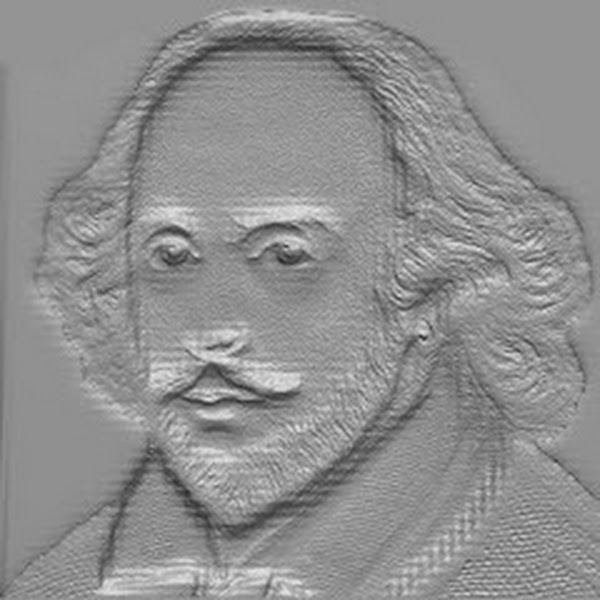Anonymous Writings
Much of the literature during the Middle English period was written by unknown authors. This was because writers were not yet considered individuals with personal fame. Works were often passed down orally or recorded by scribes who did not name the original creators. The focus was more on the message or moral of the story rather than the writer.
Imitative Nature
Middle English literature borrowed heavily from earlier traditions, especially Latin and French sources. Writers often imitated classical stories, religious texts, or legends from other cultures. This period was not known for originality but for adapting older materials into English forms. Many romances and religious tales were taken from European models.
Religious Themes
Religion played a major role in literature. Many texts were about saints, biblical stories, or the teachings of the Church. Writers used literature to guide people’s faith and behavior. Religious plays, poems, and sermons were common across England.
Didactic Purpose
The goal of most writings was to teach. Authors wanted to give lessons in morality, Christian values, and right conduct. Stories often had clear messages about good and evil. Many poems and tales ended with advice to the reader or audience.
Oral Literature
Even though some texts were written down, many were still passed from person to person by word of mouth. Minstrels and storytellers played a big role in keeping stories alive. Oral traditions helped spread tales quickly and gave access to those who could not read. These stories often changed over time as they were told by different people.
Domination of Poetry
Poetry was the main form of literature during this period. Long narrative poems, short lyrics, and religious verses were more common than prose. Poetry was seen as a powerful tool for storytelling and teaching. Even serious historical or moral messages were often written in verse.
Romances
Romances became popular in this age. These were long poems about knights, love, and adventure. They often involved magical events, brave quests, and tests of loyalty. Romances helped build the ideals of knightly behavior and honor.
Development of Rhymed Meters
The poetry of this time began to move away from the older alliterative style. Rhymed verse became more common. This made poetry easier to memorize and more musical. Rhyming lines became a key part of Middle English poetic style.
Development of Lyric Poetry
Lyric poetry also grew during this period. These were short poems about personal feelings, love, or devotion to God. The poets expressed deep emotions in simple but musical language. Lyric poems often included rhythm, rhyme, and repetition.
Chivalry
Chivalry was the moral and social code for knights and nobles. Literature praised courage, loyalty, generosity, and honor. Many stories showed knights rescuing others or fighting for justice. Chivalric ideals helped shape the behavior expected of men in power.
Courtly Love
Courtly love was a popular theme in poetry and romances. It described a nobleman’s deep love and respect for a lady, often someone he could not marry. The lover served the lady with loyalty and admiration. This idea influenced the way love was written and understood in medieval times.
Faith
Faith in God and the Church was strong during this period. Writers often reminded readers to trust in God and follow Christian rules. Many stories warned against sin and praised holy living. Faith was a guide not just in religion but in daily life.
Christianity
Christian beliefs were present in most works. Poems and plays taught the story of Christ, the saints, and religious festivals. The Church had great power, and literature helped spread its teachings. Writers used biblical events as the basis for moral lessons.
Mythology
Alongside Christian themes, writers also included old myths and legends. Stories of King Arthur and other heroes had magical elements. These tales mixed Christian lessons with older beliefs and made the stories exciting. Mythology helped connect the past with present values.
Allegory
Allegory became a common style in literature. It means using characters or events to represent ideas like good, evil, sin, or truth. A famous example is Piers Plowman, where each character stands for a moral or spiritual idea. Allegories helped teach lessons through symbols and hidden meanings.
Political Concerns
Some writers also included political ideas in their works. They spoke about justice, fairness, and the duties of rulers. Literature sometimes responded to real events like wars or changes in kingship. These stories helped people think about power and leadership.
Anticlerical Writings
Some texts began to question the behavior of the clergy. Writers criticized priests who were greedy or dishonest. This was not against religion, but against those who misused religious power. Such works called for reform and better behavior in the Church.
Reference in Literature
Writers often made references to classical, biblical, or historical events and figures. These references helped to give depth and meaning to their works. They also showed the learning and knowledge of the writer. Readers were expected to understand these references.
Beast Fables
Beast fables were short tales where animals acted like people. Each animal had human traits like greed, pride, or wisdom. These stories ended with a moral lesson. They were easy to remember and fun to hear.
Epic Style
Some stories were written in an epic style. These told about heroic deeds and long adventures. The focus was on great battles, noble characters, and powerful emotions. Though rare, epic-style writing helped keep older traditions alive.
Middle English literature was rich in content and wide in variety. It blended the old and the new, mixed religion with romance, and used both serious and playful styles. It helped shape the future of English literature by building strong foundations in poetry, storytelling, and moral teaching.
 CSP
CSP